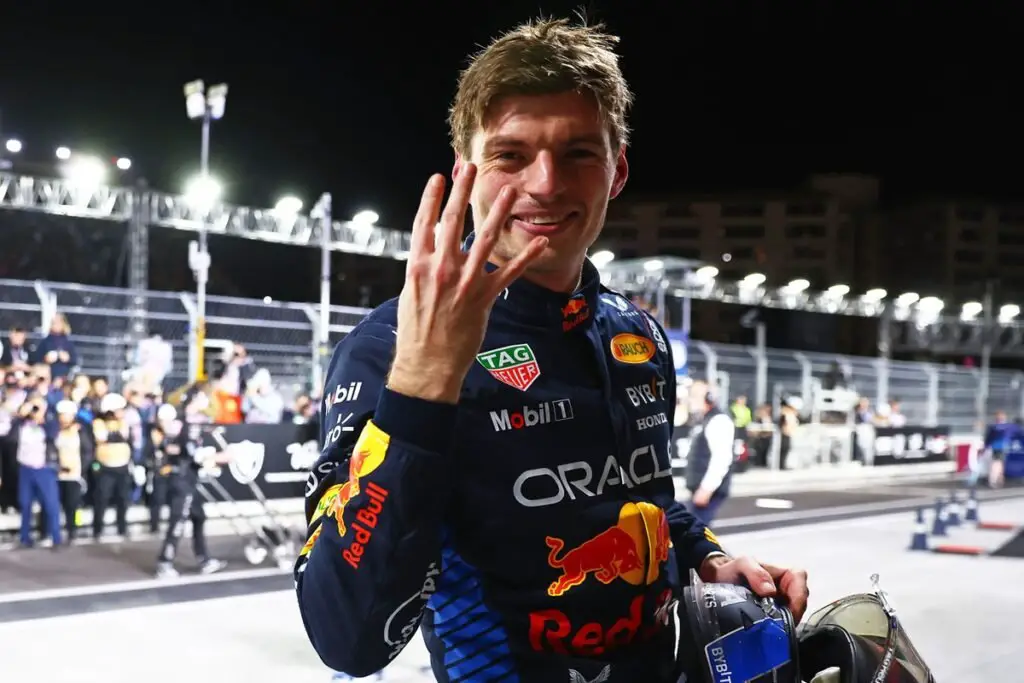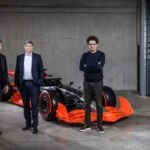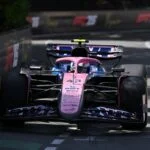Transformations in Formula 1 Over the Past Decade
It’s been a decade since Fernando Alonso, the Spanish racing legend, claimed his last victory in Formula 1. In this time, both Alonso’s career and the sport itself have undergone significant transformations.
New Champions Emerged
Since Alonso’s last win in 2013, there have been four different world champions, including two who claimed their first titles. Sebastian Vettel won his fourth and final championship in 2013, followed by years of Mercedes dominance with Lewis Hamilton picking up wins in 2014 and 2015, Nico Rosberg winning the title in 2016, and Hamilton claiming four more from 2017 to 2020. Since 2021, Red Bull’s Max Verstappen has claimed four consecutive drivers’ championships.
The shift in champions is a testament to the dynamic nature of Formula 1, where talent and strategy often determine the outcome of races.
Technological Advancements
One of the most significant changes in Formula 1 over the past decade has been the switch to turbo-hybrid engines. In 2014, the series introduced complex new power units that combine a V6 internal combustion engine with two hybrid components: the MGU-K and MGU-H. These motor generator units recover power from braking and heat from exhaust gases, storing it as electrical energy for use in a grand prix.
This technological advancement has made Formula 1’s current generation of V6 hybrid engines the most thermally efficient engines in the world. However, Alonso famously had a tough start to this revolution, particularly in 2015 when he was driving for McLaren with its Honda power unit.
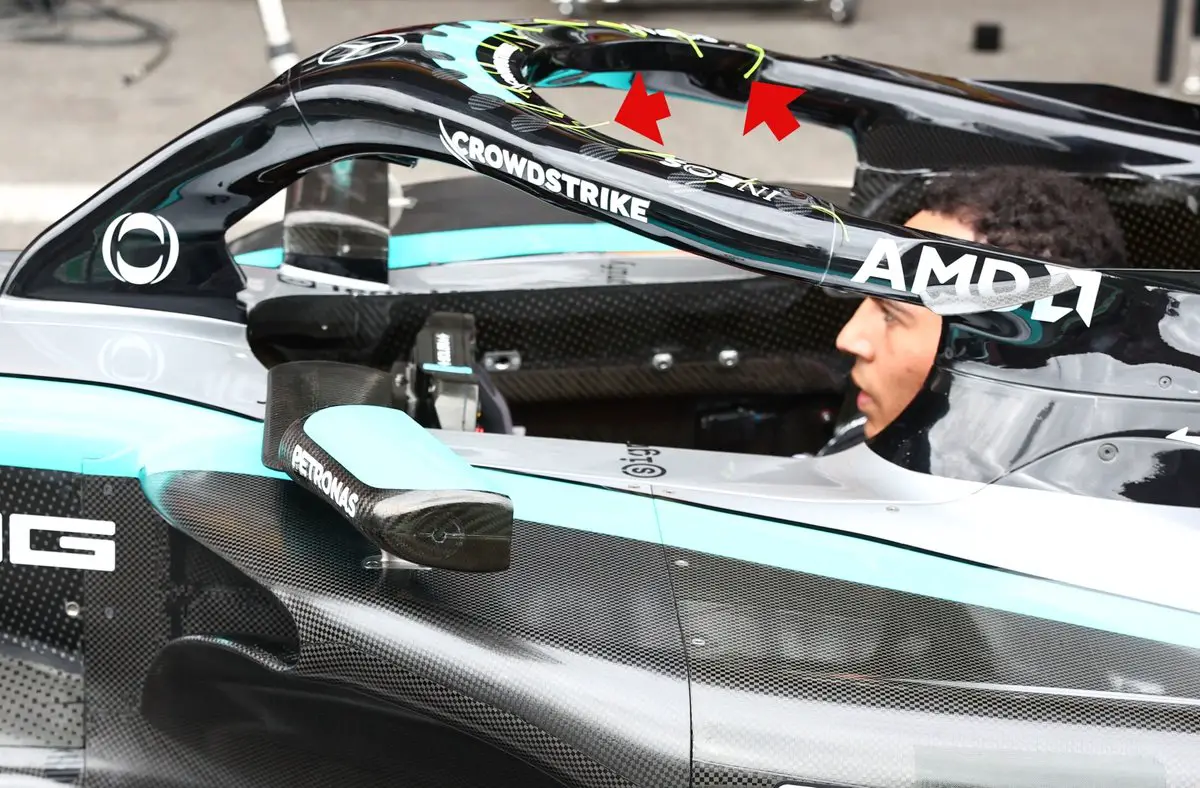
Safety Measures Implemented
In 2018, Formula 1 introduced the halo, a titanium head protector that arcs over the seat of the driver to deflect debris flying towards an F1 driver’s head. The device was designed to withstand things like errant wheels and other flying debris, and can also support the weight of a double-decker bus.
Despite initial controversy, the halo has proven its worth in crashes such as Roman Grosjean’s at the 2020 Bahrain GP and Zhou Guanyu’s roll at Silverstone in 2022.
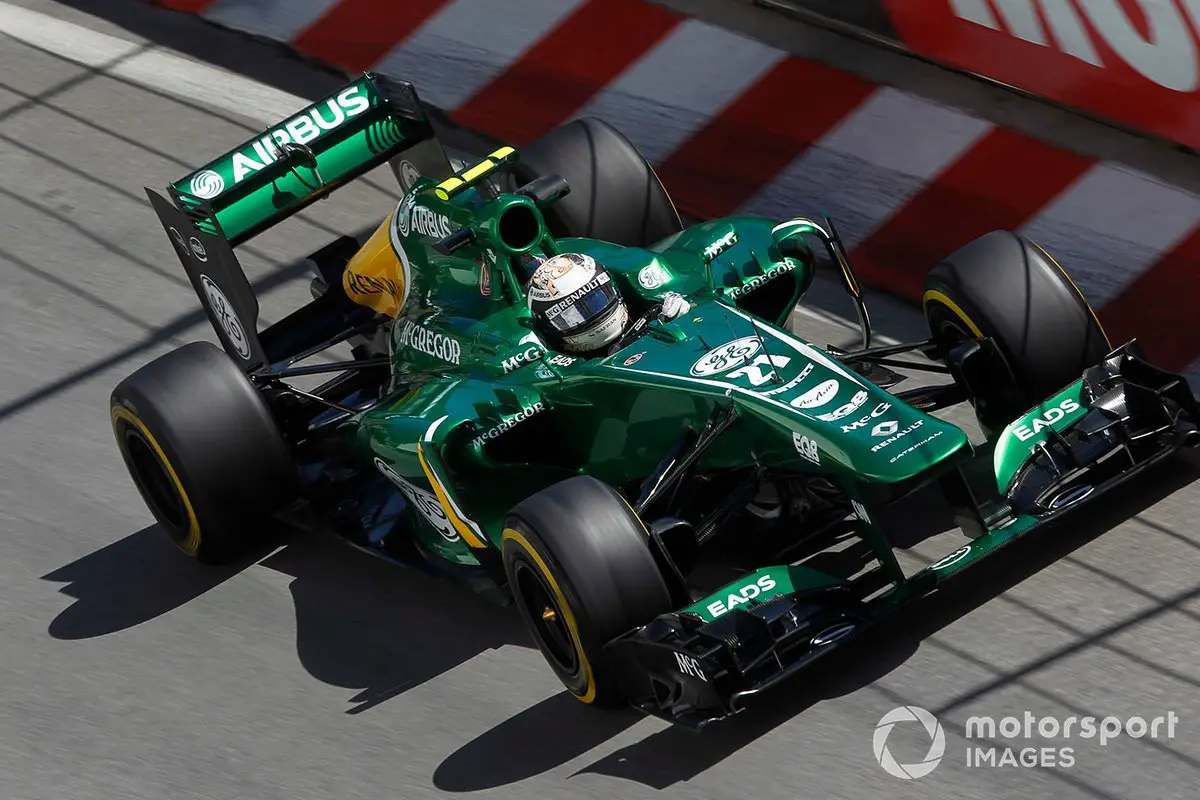
The Impact of Drive to Survive
In 2018, Formula 1 allowed film crews into the paddock and behind the scenes of the traveling circus. With access to almost every team on the grid, except Ferrari and Mercedes in its first season, Drive to Survive proved to be a phenomenon and reignited global interest in F1.
The series brought new fans to Formula 1 in droves and sparked a revolution in the way drivers and teams conduct themselves – with an increased emphasis on letting their personalities shine through.
Team Changes and Ground Effect
Since the 2013 Spanish Grand Prix, two of the 11 F1 teams no longer exist, a new side has joined the fold, and three teams have completely different names compared with 12 years ago. Caterham and Marussia struggled throughout 2013 fighting for 10th place in the standings. The following year, Caterham entered administration and pulled out, while Marussia continued until 2015, before re-branding as Manor Racing in 2016. It, too, pulled out of F1 before the start of the 2017 season.
There have also been numerous name changes, with Lotus becoming Renault in 2016 and rebranded as Alpine for 2021, Force India sold to Canadian billionaire Lawrence Stroll after it entered administration in 2018 and emerged as Racing Point. Stroll later rebranded the team as Aston Martin for 2021. Toro Rosso became Alpha Tauri in 2020, then RB in 2024, and now it races as Racing Bulls. Sauber became Alfa Romeo in 2019, then reverted to its original name for 2024 ahead of its pivot to become the Audi factory team from 2026. Finally, Haas entered F1 in 2016 and has become a midfield regular since.
In addition to these changes, Formula 1 went through another seismic shift with the rollout of its 2022 regulations. The new rules set out to create closer racing and a more competitive grid through a clean slate car design philosophy that cut the turbulent air produced while racing. To do this, F1 switched to a ground effect philosophy that hadn’t been seen since the early 1980s.
The new cars rely on complex underfloor channels to create most of the downforce that sticks them to the road by creating low pressure underneath and sucking the car to the track. In the first season of this new philosophy, cars suffered from bouncing issues that particularly hit on long straights and made the cars very uncomfortable for drivers. Those problems were, largely, ironed out after the first season of the new rules, and it did achieve its aim of making cars easier to follow and pass. However, it didn’t tighten up the grid as Red Bull came into the new rules as a dominant force. It wasn’t until other teams wrapped their heads around the new regulations after a handful of seasons that the racing got closer once again.
Track Changes
Historic circuits like Monza, Silverstone, and Spa were all on the calendar in 2013 and remain on the schedule in 2025. But, Formula 1 has added a host of new, and returning, tracks to its schedule in the years since Alonso picked up his last race win. Back in 2013, the 19-race calendar included grands prix in Malaysia, Germany, South Korea, and India, and none of those tracks feature on 2025’s 24-race season. Instead, Formula 1 added new races in the U.S., with events in Miami and Las Vegas joining Austin on the calendar. It also expanded in the Middle East as Saudi Arabia and Qatar picked up events. There are also revived races in countries such as the Netherlands, which returned to the F1 calendar in 2021 following a 35-year hiatus, and Imola, which returned to the calendar in 2020.

